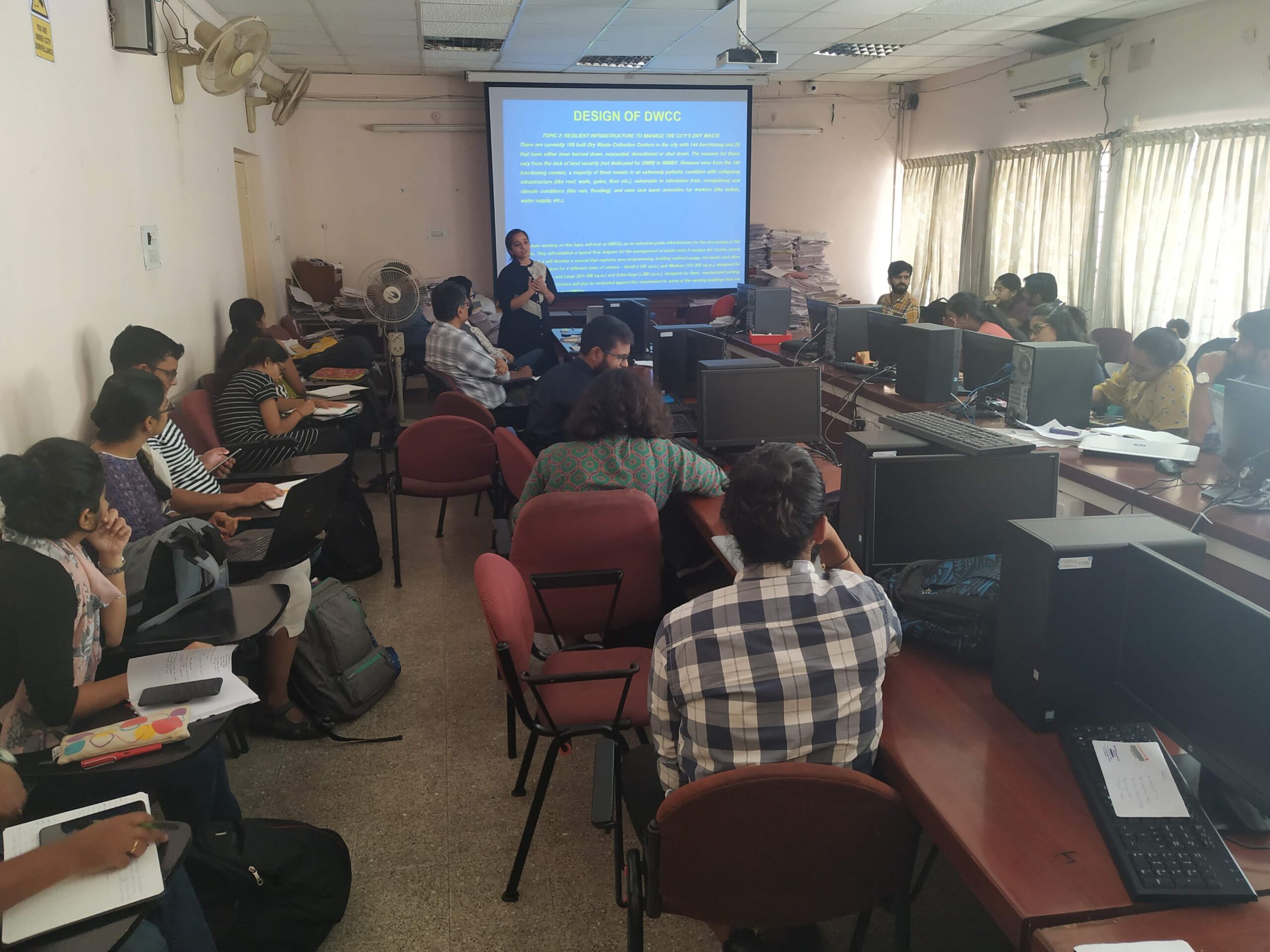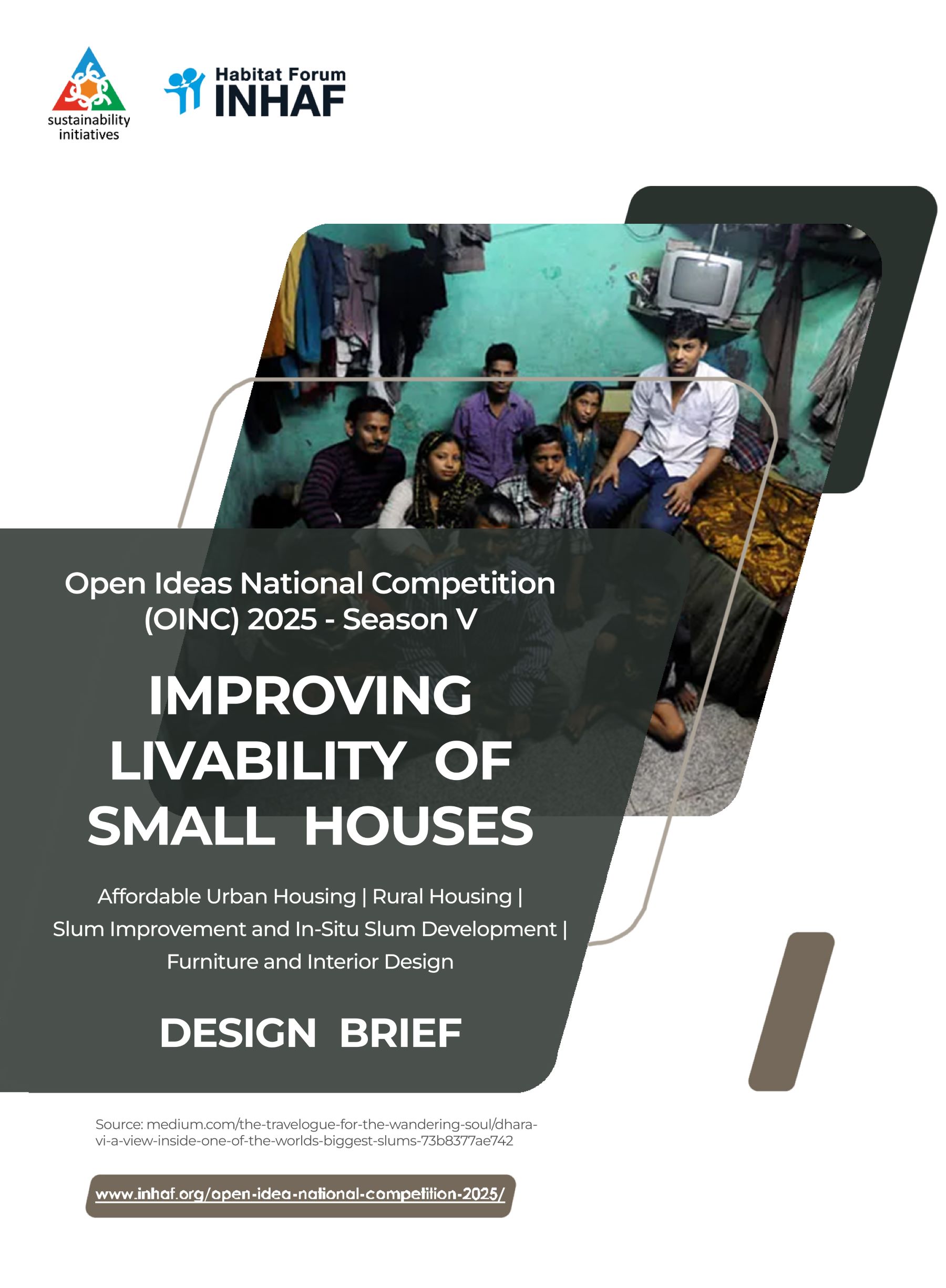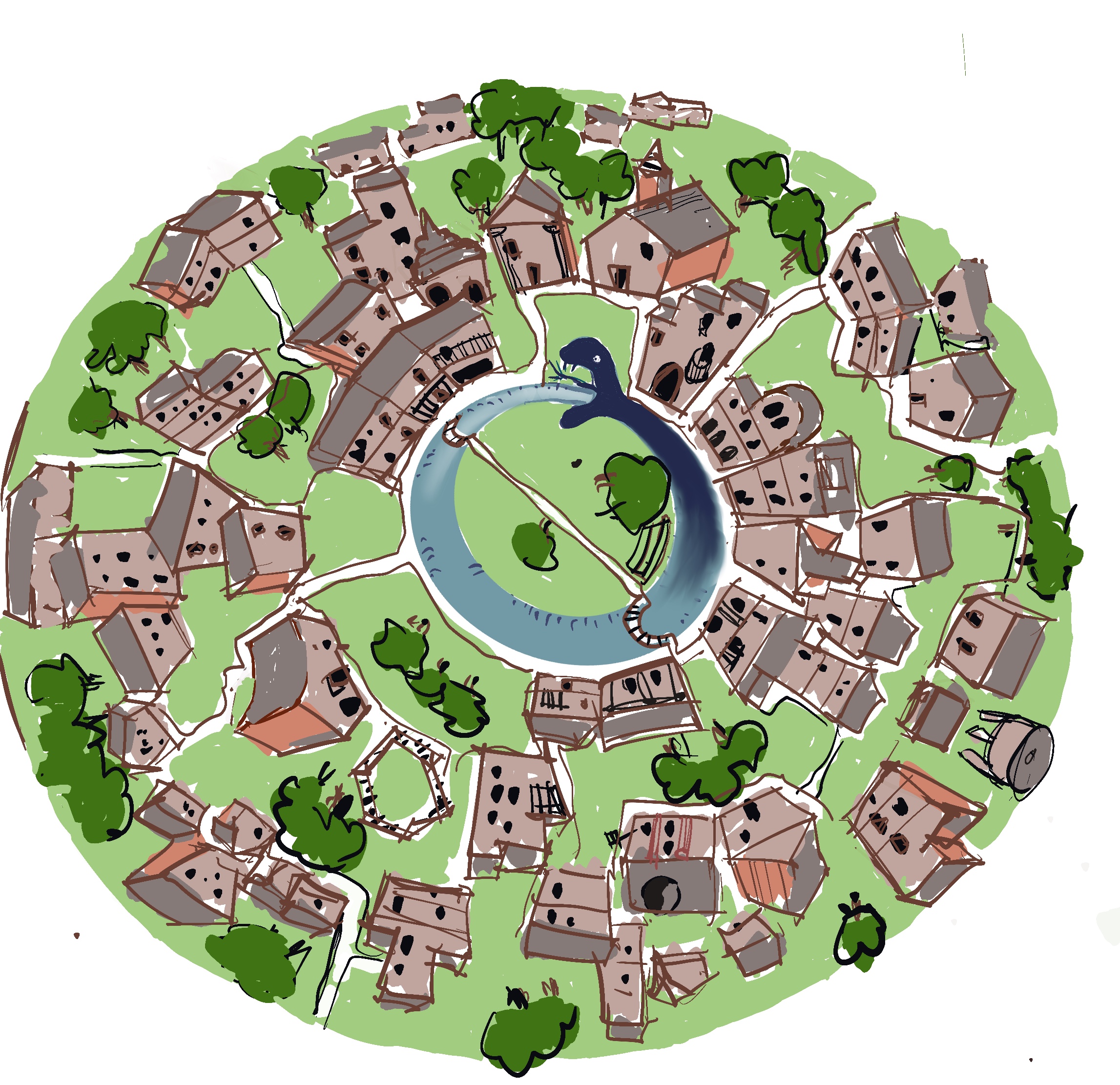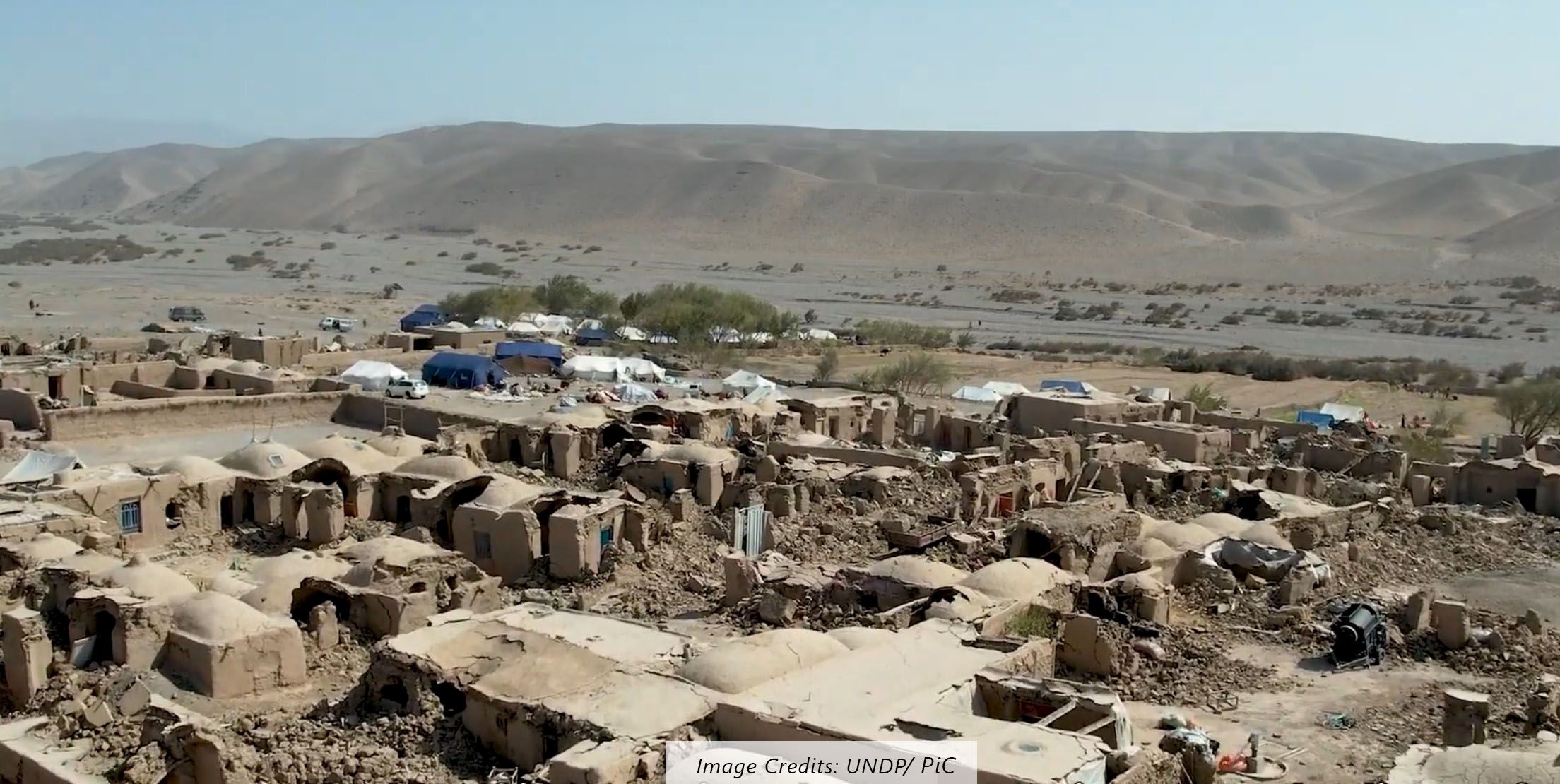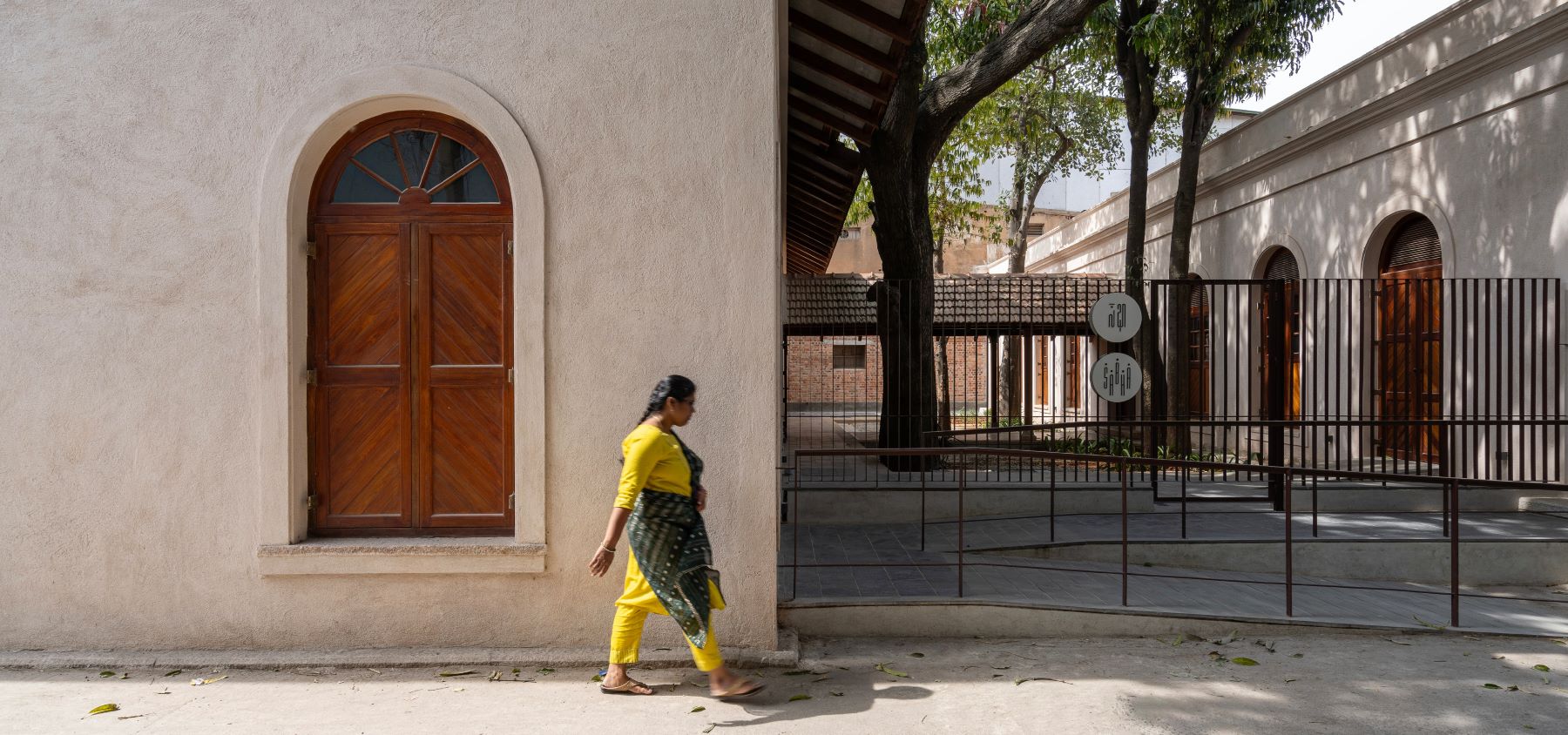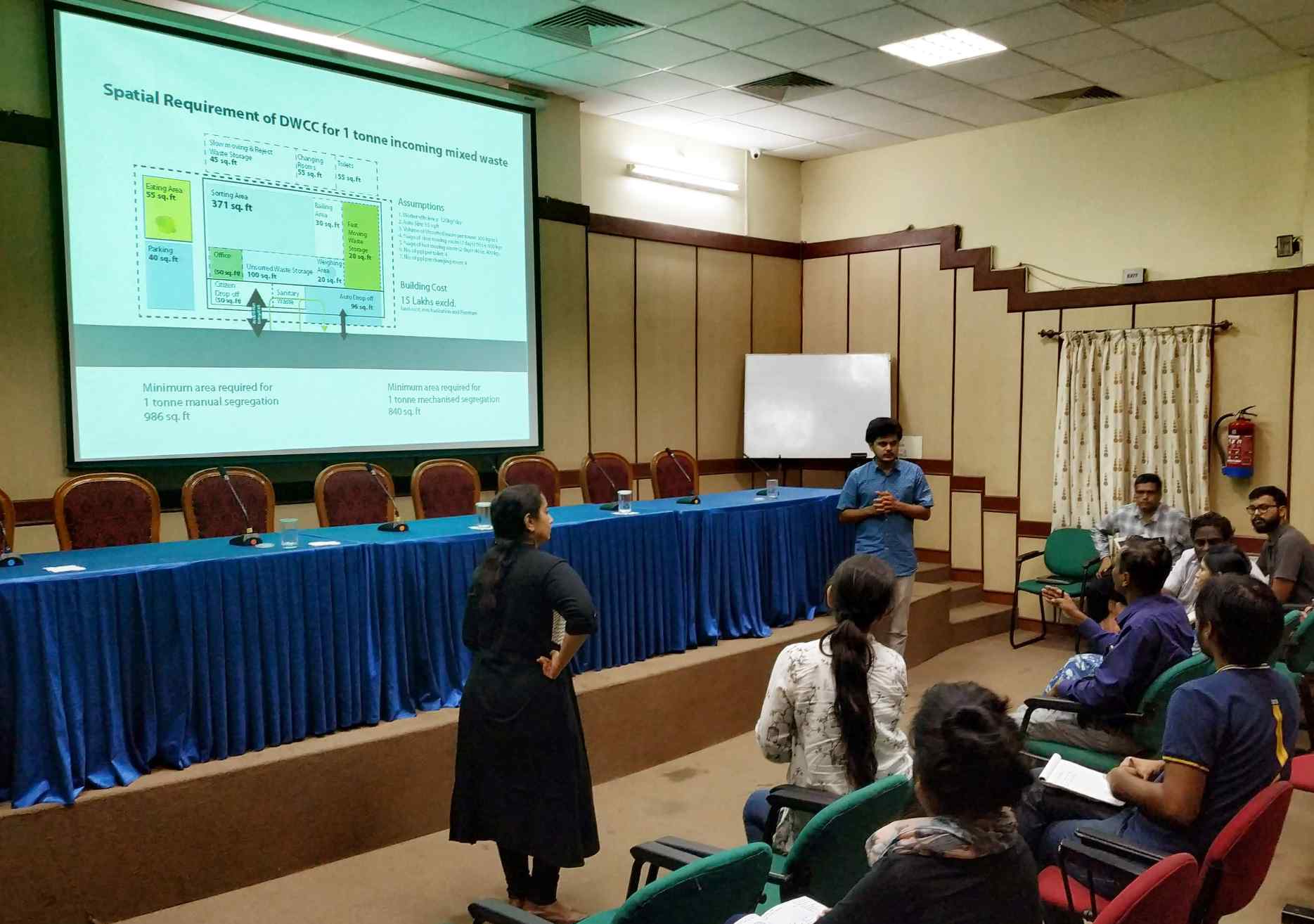
Location: Bengaluru | Typology: Audit and strategy development
Background
Dry Waste Collection Centres (DWCCs) were built in each ward by BBMP in 2012, envisioned as the ‘face of decentralisation’. These centres were conceived to be citizen-facing, equipped with appropriate infrastructure capable of purchasing, collecting, aggregating and processing dry waste. They were also created to be a support system to waste pickers as a part of the effort to integrate informal waste workers (Waste-pickers) into the formal city system. At the same time, being ward-level centres, their role was to encourage segregation at source within the neighbourhood.
However, despite good intentions, many DWCCs have become eyesores, widely associated with a Not-in-my-backyard (NIMBY) syndrome; a few are defunct, while many others function inefficiently. Of the estimated 1225 TPD of dry waste generated in the city, these centres processed only 15% (i.e. 181.5 TPD). A small portion of the remaining high-value dry waste continues to go to kabadiwalas/scrap dealers. At the same time, most of it ends up as mixed waste in our sanitary landfills.
Project overview
In 2019, an integrated audit of all the city’s 166 DWCCs was undertaken with a deadline of 3 months to re-vision the DWCCs and in turn, suggested strategies to streamline the management of dry waste in the city. The audit captured the handling capacity of the DWCC, the state of working conditions for waste workers, adherence to safety protocols, the SoP of the facility, etc. and proposed six core strategies as a way forward.
The project was conducted in collaboration with the Indian Institute of Architects (Karnataka Chapter) and a volunteer team of 27 interdisciplinary professionals.
Post the report submission; currently, the rollout plans for the strategies have been devised with the municipality, and over INR 75 crores have been allocated so far towards infrastructure development as per the designs in the report.
Key aspects of the projects
Building of an interdisciplinary team with volunteers
27 young professionals from fields of architecture, urban planning, waste management, civil engineering, sociology, finance were selected from a pool of over 110 applicants to join the project. Doing so opened up the ‘public project’ to unique and highly relevant perspectives and skillsets otherwise unaccounted for. At the same time, having this team helped expand the human resources by seven times to accomplish the highly challenging tasks of auditing a whole city’s infrastructure in a limited time and budget.
Design of the on-ground audit and its rollout
The audit was developed as a 4-part integrated form to capture qualitative and quantitative data and rolled out over two weeks. First, the compliance audit checked if the MSW Rules (2016) and the SoPs were followed. Second, the building audit involved assessing if the DWCCs were fit-for-use for dry waste management and requirements to enable optimal functioning. It also included a safety audit – electrical, fire and other life safety issues. Third, the performance audit examined the operating agency’s operations, management, and procedures to assess whether it is achieving economy, efficiency, and effectiveness. Lastly, the cost audit examined the undue wastage or losses. It evaluated the realistic cost of waste processing accounting for services, wages and salaries, overheads, depreciation, etc.
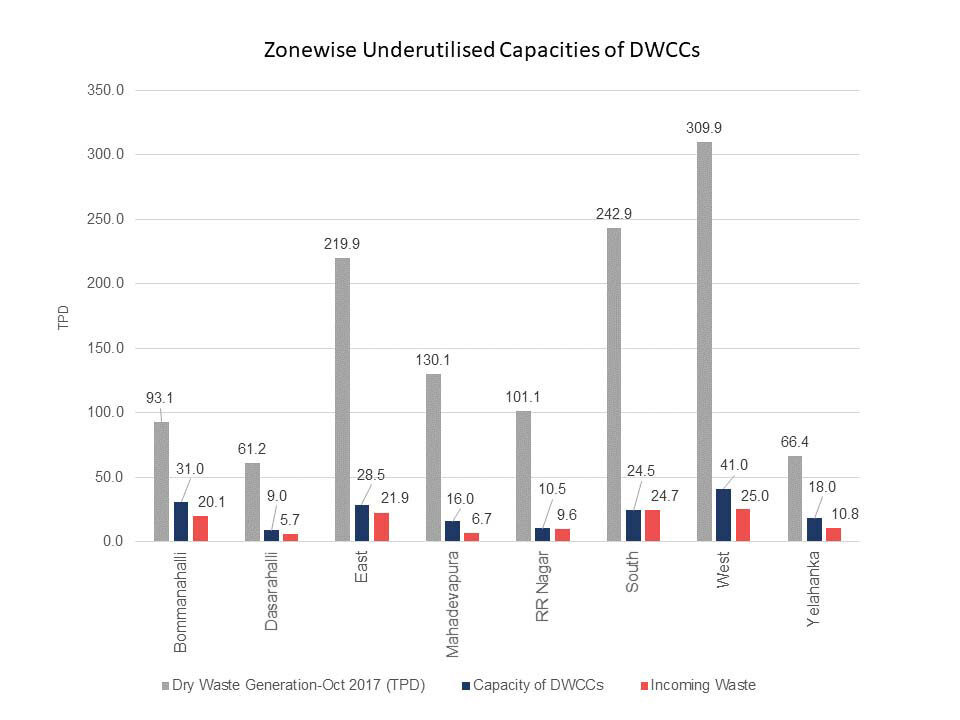
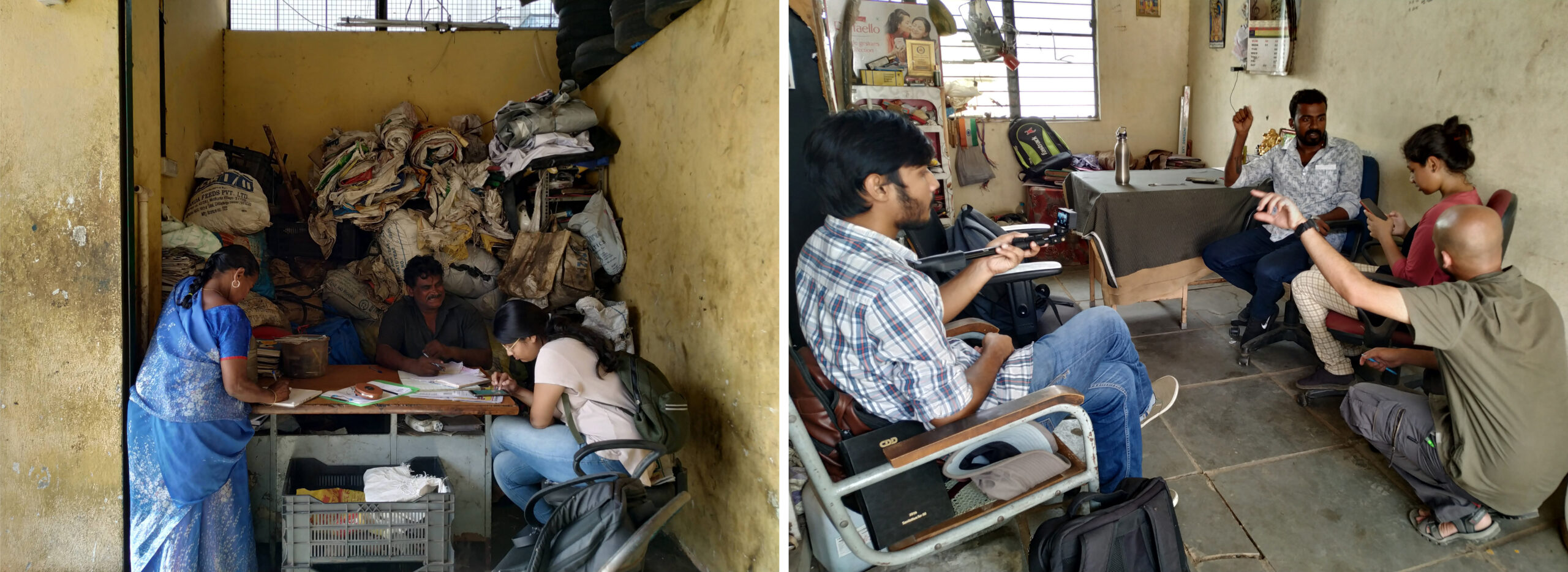
Collaborative Design Workshop to develop strategies
Upon completing the ground audit, the collaborative design workshop collated the many ground insights and collectively determined core aspects for solutions. It included a participatory event to directly engage with the key stakeholders involved in the dry waste management ecosystem, such as NGOs operating a network of DWCCs, private agencies that manage dry waste etc. The event also exposed the team to other needs to be accounted for and share learnings within the larger cohort.
Final strategies
The final result of the audit report was submitted to BBMP-SWM cell, as a two-part document containing the DWCC Report Card and 6 key strategies under three core aspects –
Strategies for maximising the efficiency of DWCCs
- Establishing the optimum working efficiency
- Infrastructure design for dry waste management
Strategies for streamlining the management of DWCCs
- Streamlining operations
- Making DWCCs economically viable: monetising low-value streams
- Integrating into the neighbourhood
Strategies for sustainable inclusion of marginalised workers
- Skilling and changing working environment
Conclusion
Audits of public infrastructure are never open to citizen engagement. So, this project was a rare opportunity where citizens got a first-hand view of the inner workings of urban systems, otherwise out of sight and out of mind. Several volunteers who participated in this project have since undertaken many small initiatives in waste management. The engagement sparked both curiosity and deep empathy while also laying bare the importance of an individual’s role in contributing to the waste crisis we see unfolding in every city.
Lastly, it must be noted that there was resistance to involving citizens in the city audit. However, at the end of the project, the government officials appreciated the value of a curated engagement where passionate citizens with relevant professional backgrounds could play a key role in working alongside the government to address today’s wicked problems.

